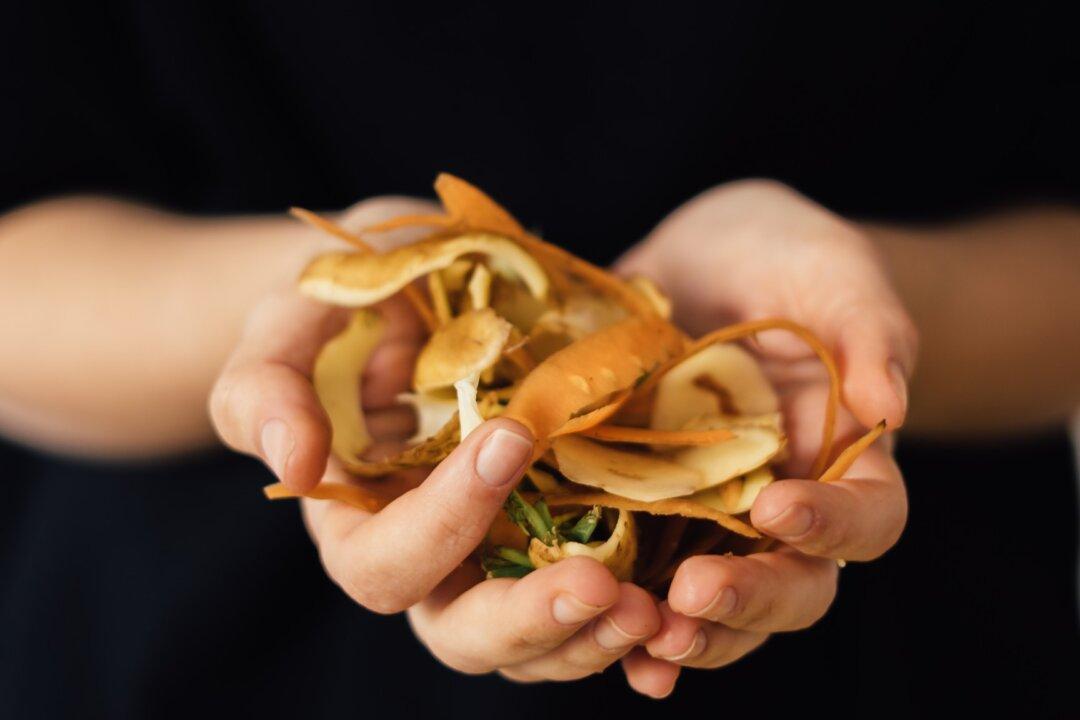How would you like to dig into a “recycled” snack? Or take a swig of juice with “reprocessed” ingredients made from other food byproducts? Without the right marketing, these don’t sound like the most appetizing options.
Enter “upcycling.” That’s the relatively recent term for the age-old concept of using low-valued foods or food processing byproducts to generate new food products. Time-honored examples of this concept include sausages made from meat scraps and jams or jellies made from overripe fruit. In many cases, this waste would have otherwise been used as animal feed or sent to the compost pile.

